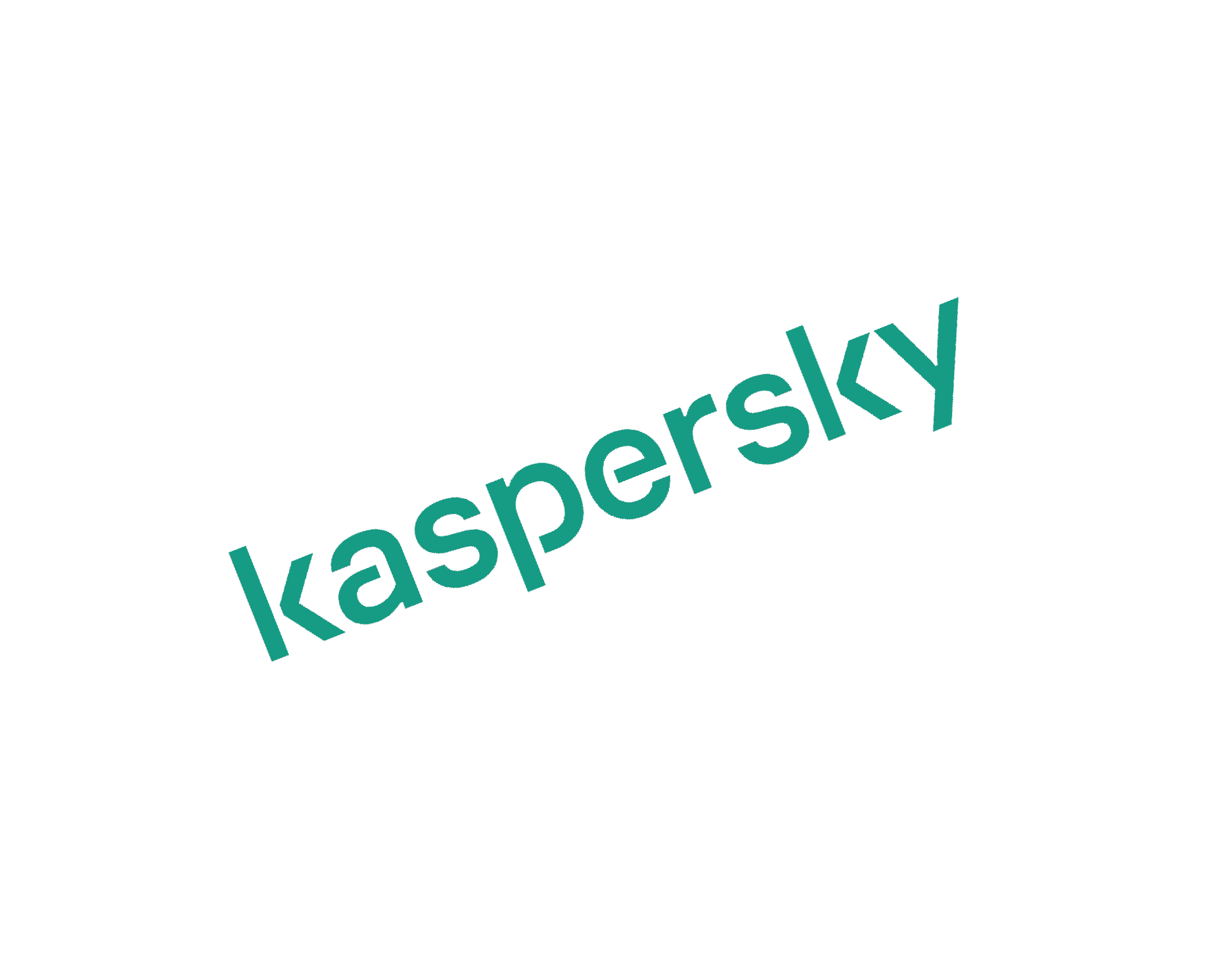Amid a sharp drop in the number of malicious mass mailings, spam actors are learning new ways to bypass spam filters to succeed in their attacks.
 According to Kaspersky Lab’s“Spam and phishing in Q1 2017”report, the world’s largest spam botnet,Necurs,demonstrated a relative decline in its fraudulent mailshot traffic. In December 2016,Kaspersky Lab’s spam traps detected over 35 millionfraudulent mailshots but in March 2017 that number fell to almost 7,000.
According to Kaspersky Lab’s“Spam and phishing in Q1 2017”report, the world’s largest spam botnet,Necurs,demonstrated a relative decline in its fraudulent mailshot traffic. In December 2016,Kaspersky Lab’s spam traps detected over 35 millionfraudulent mailshots but in March 2017 that number fell to almost 7,000.
The Kaspersky Lab spam report also identified the following trends in the first quarter of 2017:
Global share of spam amounted to almost 56% of Q1 email traffic on average, compared to 59.9% in Q4 2016
-
Total amount of malware attachmentsinemailtraffic decreased by 2.4 times, compared to the previous quarter
-
More than half of all phishing attacks targeted the financial sector, including banks (almost 26%), payment systems (over 13%) and online shops (almost 11%).





